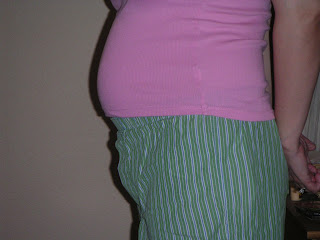Can the fetal fibronectin test really tell me whether I'm in preterm labor?
They measure the amount of fetal fibronectin (fFN), a protein produced by the fetal membranes. This protein serves as the "glue" that attaches the fetal sac to the uterine lining. It's normally found in increased amounts in your vagina during the first half of pregnancy and again late in pregnancy as you near labor. But if fFN leaks from the uterus and more than a small amount shows up in the vagina too early (between 22 and 34 weeks), it may mean that the glue is disintegrating ahead of schedule because of contractions or an injury to the membranes.If this happens, your risk of going into labor and giving birth prematurely is significantly higher. More important, if no fetal fibronectin is found in your sample, it means your risk of giving birth in the next two weeks is very small. You should expect to see test results within a day or two, or within several hours if you're taking the rapid version of the test.
What will the results tell me about my risk of delivering early?
That depends on whether you're already having symptoms or are at high risk for preterm labor for other reasons. If you're having symptoms of preterm labor between 24 and 34 weeks, you have a 4 percent chance of delivering within the next two weeks. If you receive a negative fFN result, you have a less than 1 percent chance of delivering in the next two weeks. A positive result means that your risk of delivering sometime before you reach 35 weeks is higher, and your chance of giving birth in the next week is about 16 percent.















